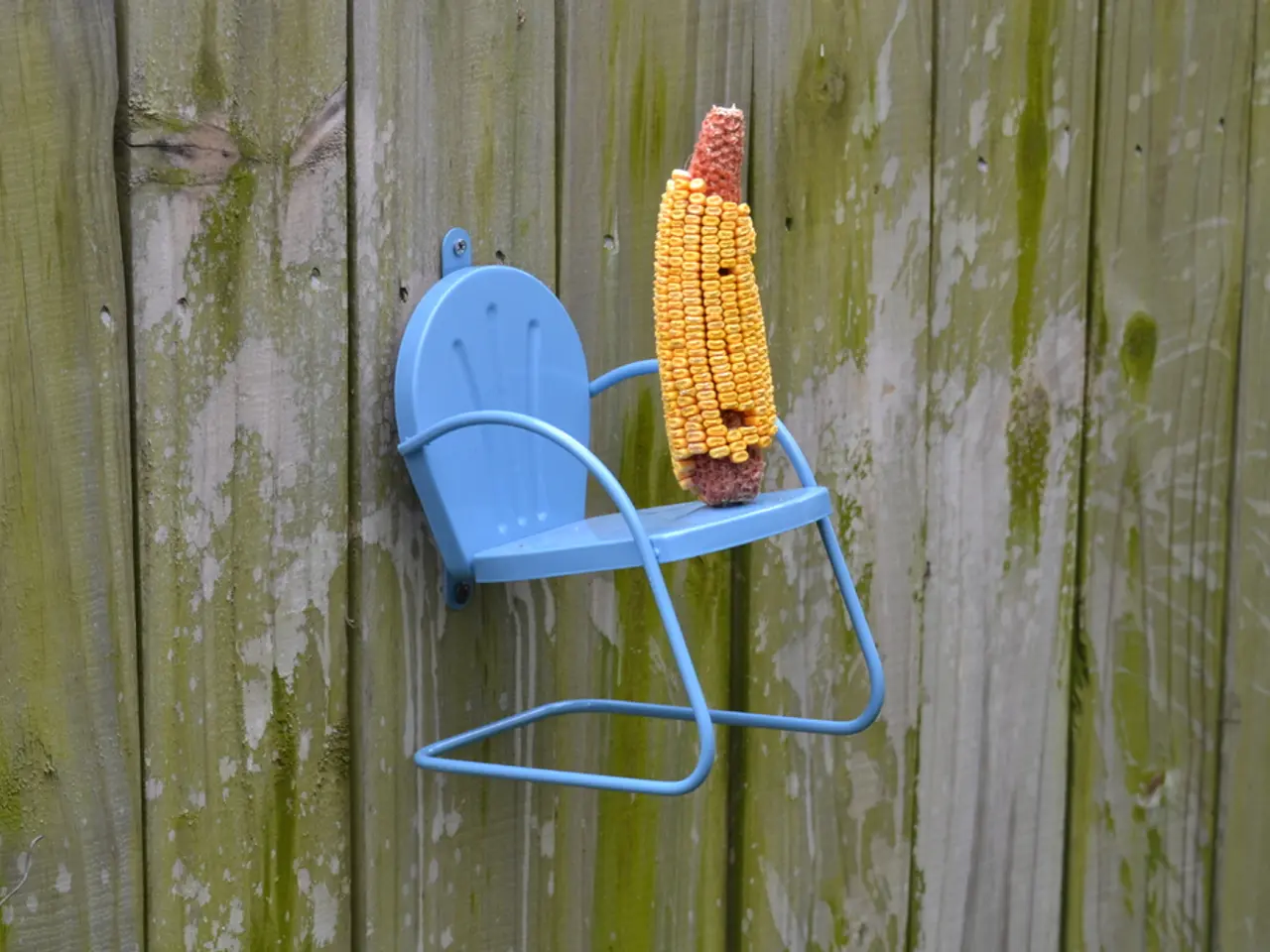Plants find a nurturing sanctuary not just in the kernels of corn, but in its very leaves as well.
In the world of gardening and farming, the humble corn stalk and leaf have proven to be more than just waste products. Gardeners and farmers are increasingly recognising their potential as valuable resources, offering a multitude of benefits across various domains.
In Agriculture
Saved corn stalks and leaves serve as natural mulch or organic matter, improving soil structure, moisture retention, and protecting the soil microbiome. Leaving plant residues on the soil surface helps reduce soil erosion by wind and water and sustains beneficial organisms such as mycorrhizal fungi and rhizobium that aid plant nutrient uptake [2]. Additionally, decomposing stalks contribute organic nutrients back to the soil, promoting soil fertility.
In Livestock Farming
After harvest, dried stalks and leaves can be fed to ruminants like cattle or used as comfortable, absorbent bedding that improves animal welfare.
In Natural Building
Dried corn stalks may be utilized as a biodegradable building material or insulation. Their fibrous nature allows them to be incorporated into sustainable construction methods, such as cob or straw bale building, providing an eco-friendly alternative to synthetic materials.
In Plant Protection
Retained stalks and leaves create a mulch blanket that shields soil and young plants from extreme sunlight, wind erosion, and moisture loss [2]. Mulching with corn residues also prevents weed growth by blocking light and helps maintain favorable microclimates that reduce plant stress. Moreover, leaving stalks in the field avoids disturbing soil and root ecosystems critical for healthy plant growth.
Garden Practices
The practice of saving and reusing corn stalks and leaves can help reduce waste in gardening and farming. Dried corn stalks can serve as a protective barrier around tree trunks, preventing damage from gnawing animals. Corn stalks can provide support to young saplings, promoting their growth and survival. They can also serve as temporary fences and dividers in the garden.
Double Benefits
Corn stalks and leaves can provide double the benefit, as they are both useful for gardening and livestock feeding. The use of leaves as cover material and corn stalks as protective barriers can help reduce waste in gardening, while contributing to a more sustainable gardening practice by reducing the need for artificial insulation.
By recycling these plant parts, growers enhance sustainability and resource efficiency across agricultural and ecological systems. It's a win-win situation that not only benefits the gardeners and farmers but also contributes to a greener and more sustainable world.
Corn stalks and leaves, being utilized as natural mulch, organic matter, or biodegradable building materials, contribute to improvements in soil structure, moisture retention, and plant nutrient uptake. They also serve as useful feed for ruminants, comfortable bedding for livestock, and protective barriers around tree trunks in home-and-garden practices. Thus, the reuse of corn stalks and leaves not only promotes resource efficiency but also enhances sustainability in both agricultural and ecological systems, making it a valuable aspect of a greener and more sustainable lifestyle.





